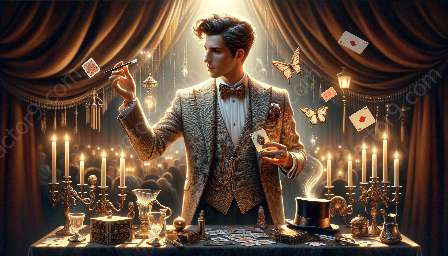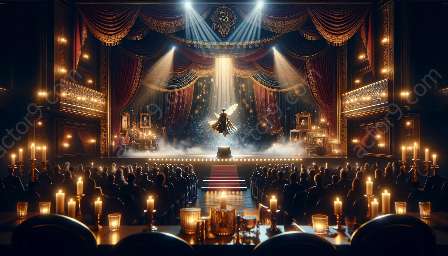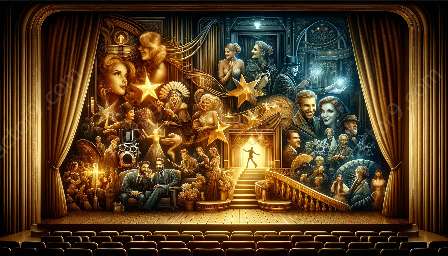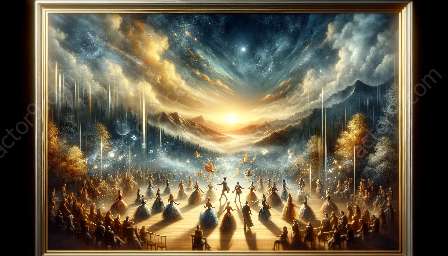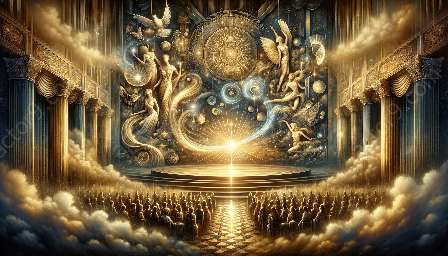Puppetry and ventriloquism have long been integral components of magical performances, captivating audiences with the illusion of inanimate objects coming to life. Mastering the art of puppetry and ventriloquism in magic requires a diverse skill set and an understanding of both theatrical performance and illusion. In this comprehensive guide, we will explore the key techniques essential to becoming a proficient puppeteer and ventriloquist in the context of magic and illusion.
Understanding the Mechanics
Before delving into the intricacies of puppetry and ventriloquism, it is crucial to comprehend the fundamental mechanics behind these arts. Puppetry involves the manipulation of puppets or objects to convey a sense of movement and life. Ventriloquism, on the other hand, is the art of speaking without moving the lips, creating the illusion that the sound is coming from a source other than the ventriloquist.
Mastery of Movement
One of the essential techniques for mastering puppetry in magic is the ability to evoke natural and lifelike movements from the puppet. This demands a thorough understanding of body mechanics, rhythm, and coordination. A skilled puppeteer can breathe life into a puppet, making it appear as though it possesses its own personality and agency.
Ventriloquism also requires a mastery of movement, albeit in a different form. The ventriloquist must synchronize their speech with the movements of the puppet, creating a seamless illusion of independent thought and vocalization. Practicing precise synchronization is crucial in achieving an authentic and convincing performance.
Vocal Techniques
With ventriloquism being heavily reliant on vocal manipulation, mastering various techniques is essential. Control over pitch, tone, and resonance allows the ventriloquist to create distinct voices for different characters, enhancing the illusion of multiple personalities inhabiting the puppet. Furthermore, learning to project sound without visible lip movement is a cornerstone of successful ventriloquism.
Character Development
Creating compelling and distinct characters for puppetry and ventriloquism adds depth to magical performances. Understanding the psychology behind character development, including backstory, motivations, and traits, enables the performer to breathe life into their puppets or ventriloquist dummies. This depth creates a connection between the audience and the characters, enriching the overall performance.
Integration with Magic
Integrating puppetry and ventriloquism seamlessly with magic and illusion requires an understanding of showmanship and theatrical timing. The performance should be structured to incorporate the puppets and ventriloquist dummies in a way that complements the magical effects, building a cohesive narrative that captivates the audience.
Practice and Performance
Ultimately, mastering puppetry and ventriloquism in the context of magic demands extensive practice and consistent performance. Rehearsals should focus on refining movements, polishing vocal techniques, and perfecting character interactions. Performing for live audiences provides invaluable feedback and helps the performer hone their skills.
Conclusion
Mastering the art of puppetry and ventriloquism in the realm of magic and illusion is a multifaceted endeavor that combines technical skill, creativity, and performance finesse. By understanding the mechanics, mastering movement, honing vocal techniques, developing compelling characters, integrating seamlessly with magic, and dedicating oneself to practice and performance, a magician can elevate their performances to mesmerizing heights through the enchanting worlds of puppetry and ventriloquism.


